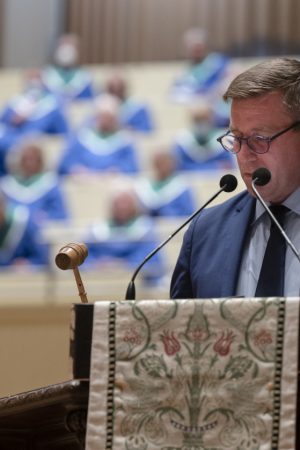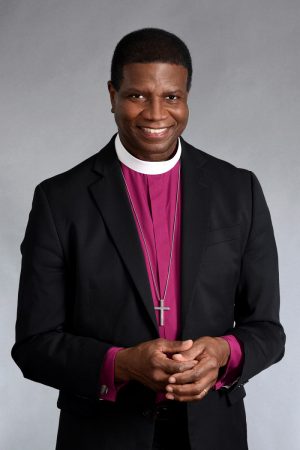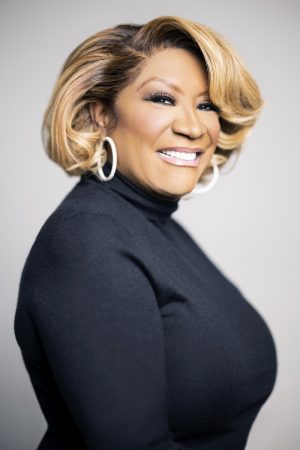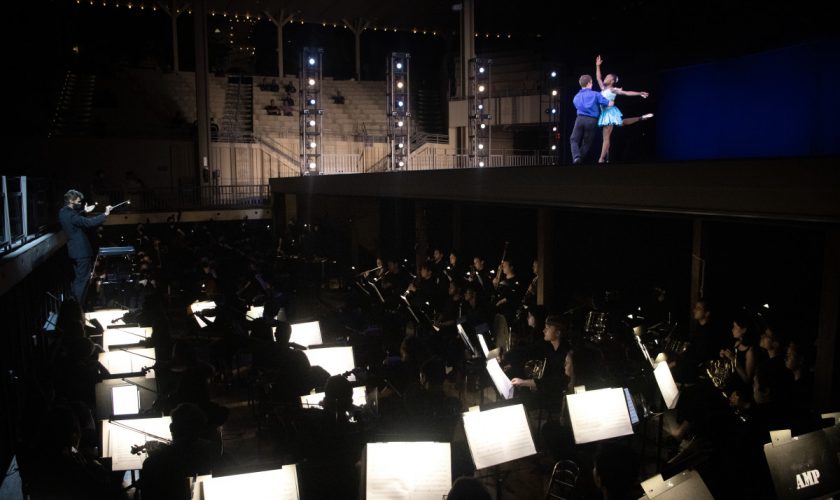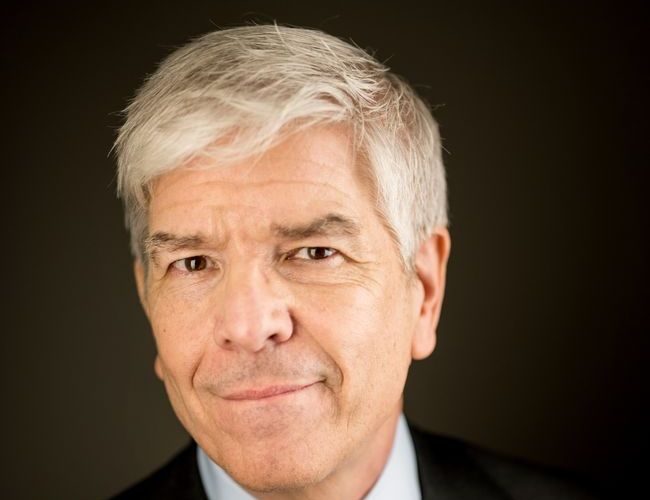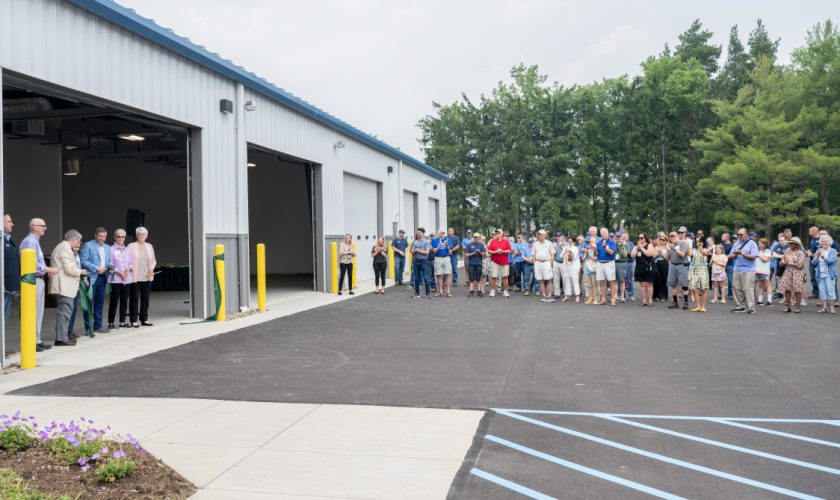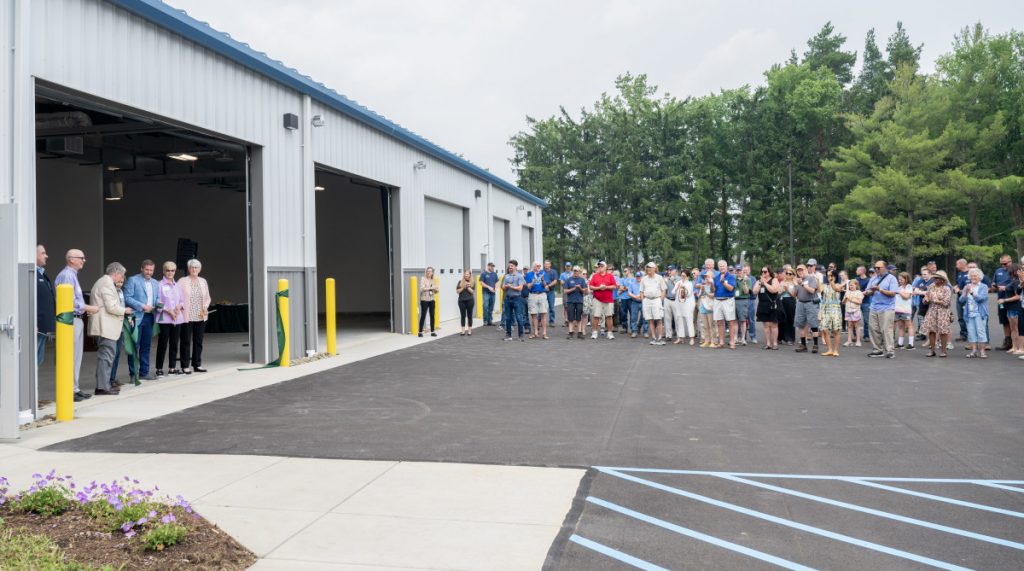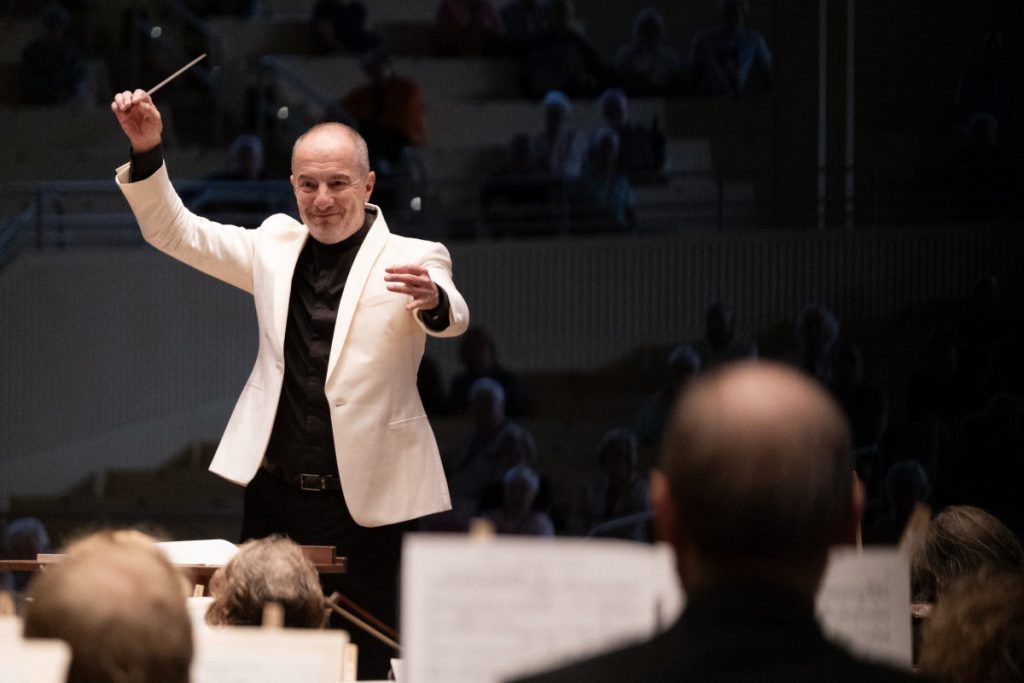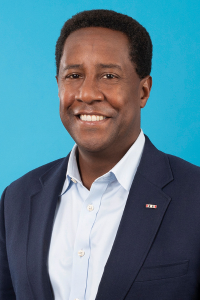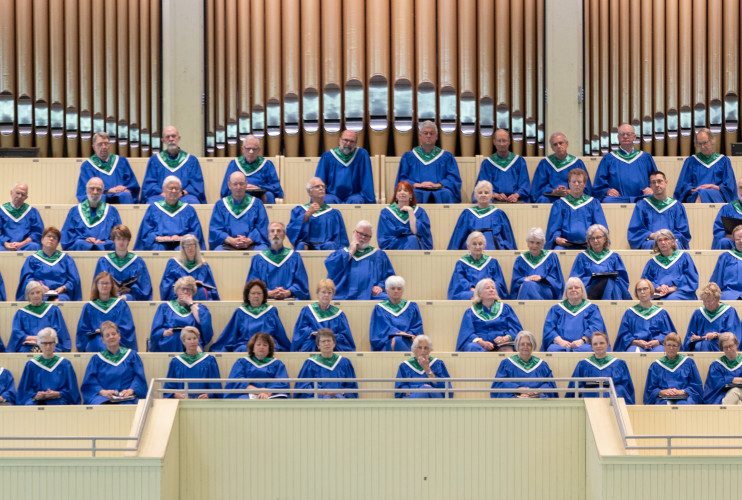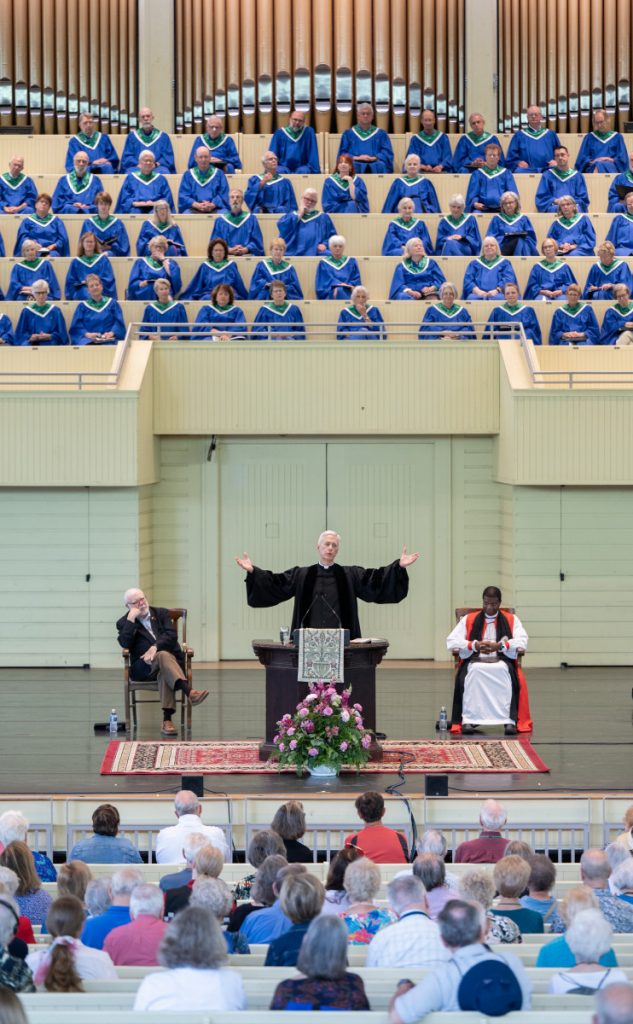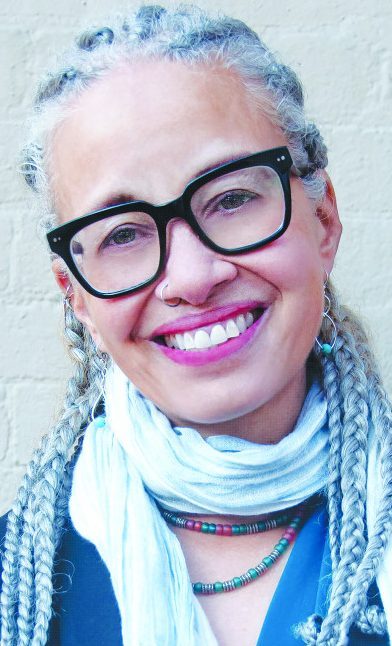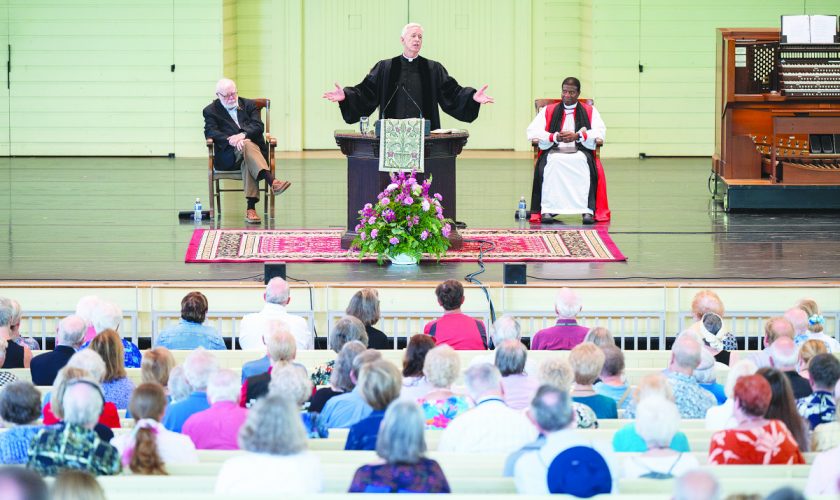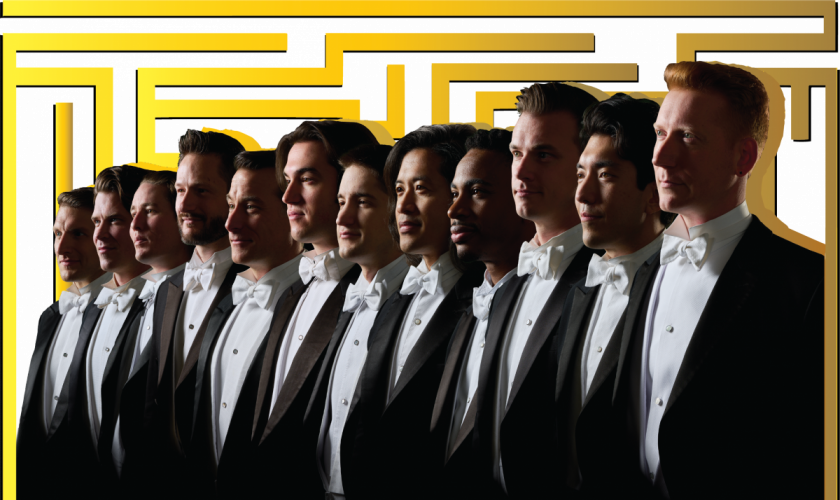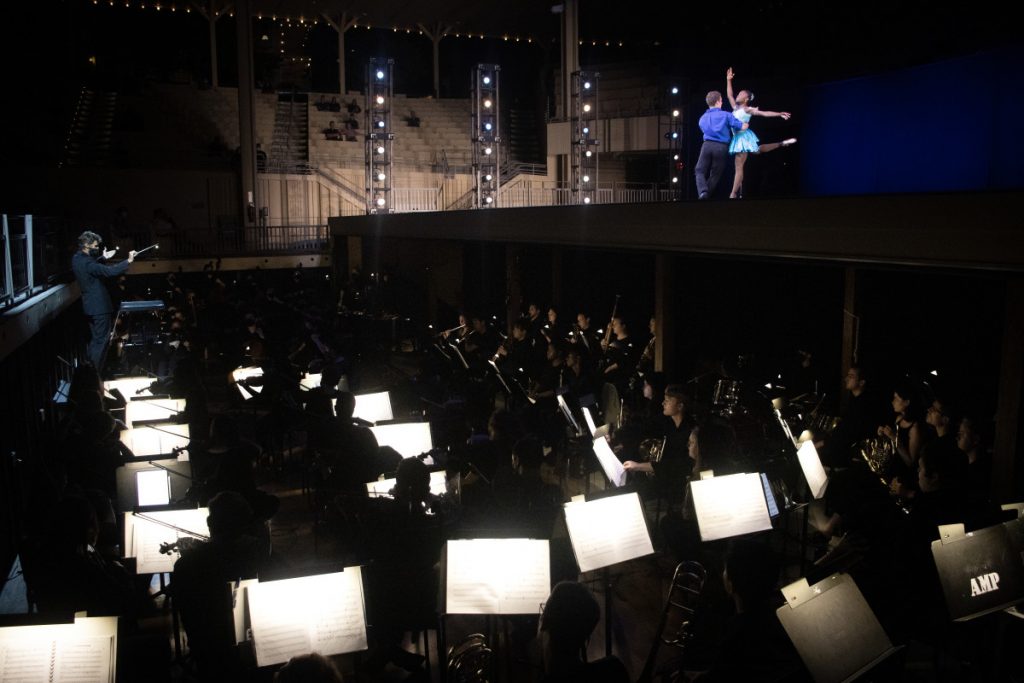
Zoe Kolenovsky and Julia Weber
Staff writers
This year’s David Effron Conducting Fellow Ryo Hasegawa values the experience working with fellow students in the School of Music’s many programs.
Just as with tonight’s program, an important connection quickly forms any time musicians and dancers come together, he said.
“It’s just amazing how quickly we bond together. … We’re almost like a family,” he said. “That definitely reflects in the music-making, even though we are from different backgrounds and different schools. So I think it’s a really beautiful experience.”
The Music School Festival Orchestra will take the stage with the School of Dance at 8:15 p.m. tonight in the Amphitheater.
Sasha Janes, artistic director of the School of Dance, emphasizes the importance of students performing in front of audiences in order to improve their skills. He cites his predecessor, Jean-Pierre Bonnefoux, as a driving force for the emphasis on live performances early on in the season.
Janes said he is excited to have the expertise of faculty like Kara Wilkes and Patricia McBride at the School of Dance; both have contributed their choreographing and staging talents to tonight’s show.
A former distinguished prima ballerina with New York City Ballet, McBride, who serves as director of ballet studies and principal repetiteur for the School of Dance, is happy to see the continued collaboration between the dancers and the orchestra.
“We are so thrilled to do it with the orchestra,” McBride said. “… It’s been amazing to see how talented the orchestra is. … Collaboration with the ballet and playing for dance is very special. It’s thrilling.”


